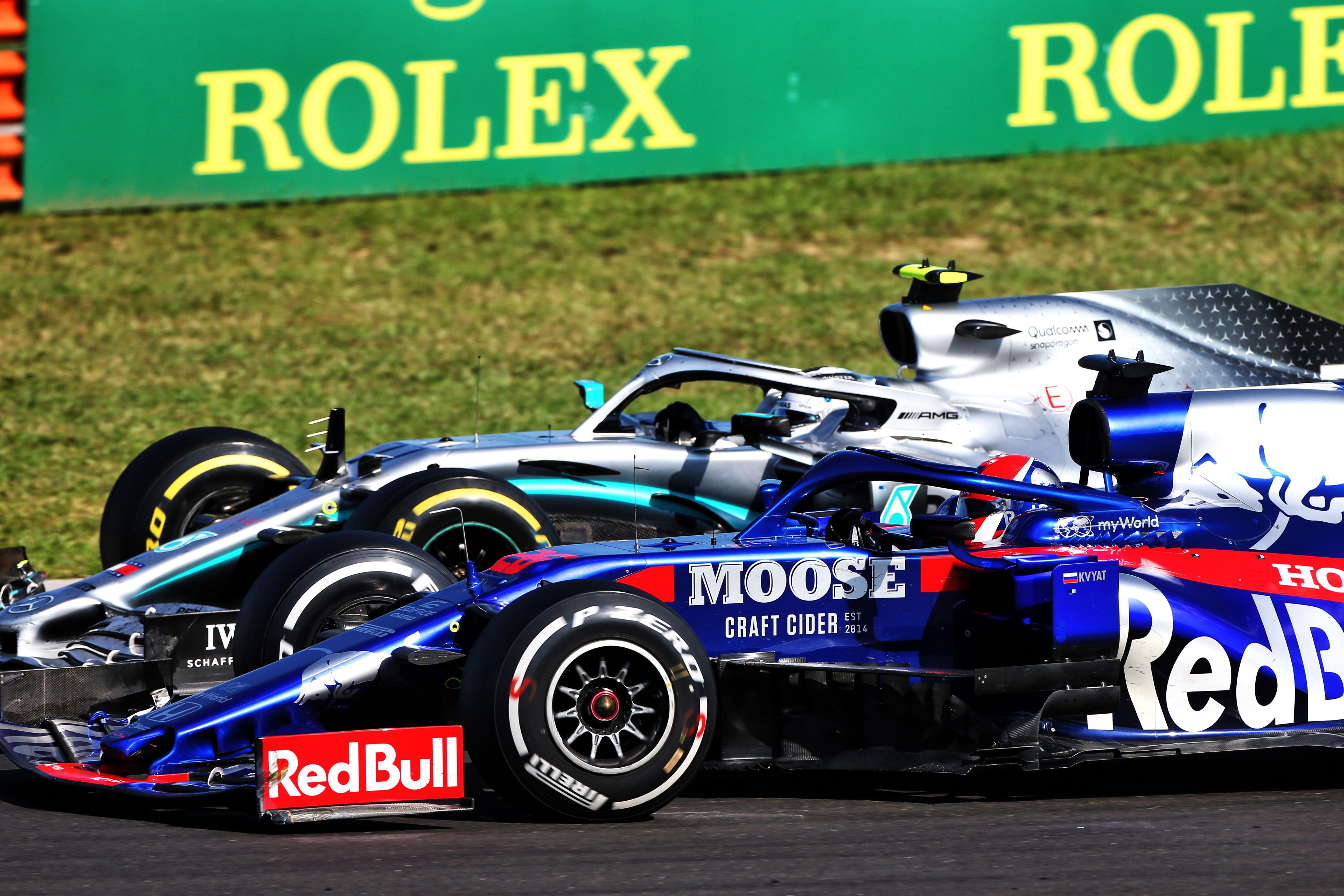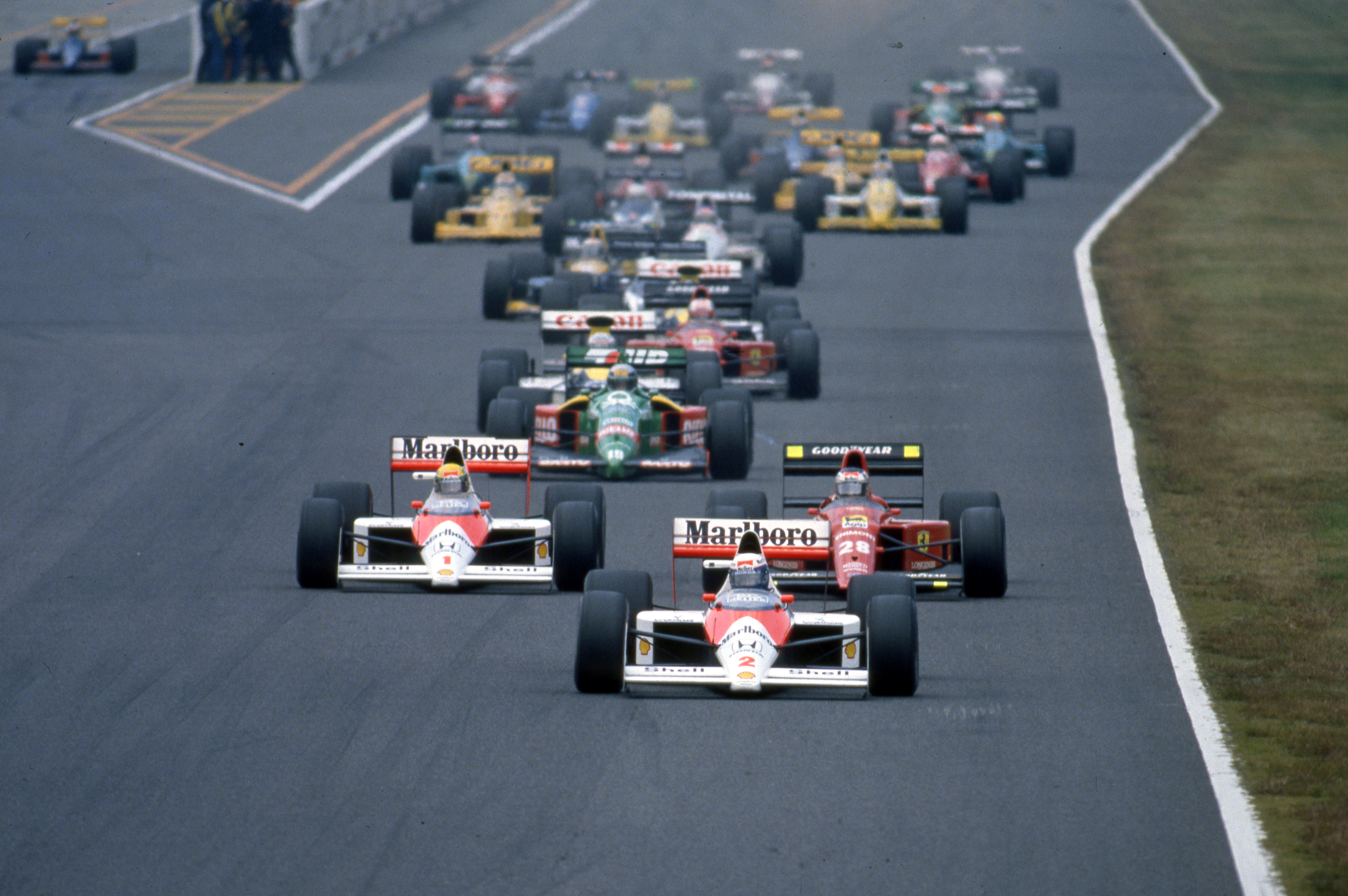Up Next

If the newly-introduced cost cap and sliding-scale aero regulations eventually succeed in their twin aims of ensuring the survival of each team and levelling the competitive playing field, it could eventually be the basis for a return to the wildly innovative and unpredictable nature of Formula 1.
This may sound anomalous when discussing an enforced cost cap upon competitors and a differential in simulation power that is essentially a form of success penalty.
But I’d argue that F1 is not in a sufficiently healthy state to jump straight to its idealised state – and that these measures at least give the series a fighting chance of a future.
F1 is currently so tightly-restricted technically, with so little variation possible, precisely because of the huge amount of money it has attracted over the last couple of decades.
Those creeping restrictions that largely define the cars to a generic outline were imposed partly to control speeds and safety – but also to deliberately limit the scope for the top teams to invest their greater wealth in hugely costly R&D programmes that would be out of reach to smaller teams but would bring potentially massive performance gains.

Although the current restrictive technical regulations have allowed the top three teams to lap the rest of the field as a matter of routine, that gap would likely be bigger still if F1 was more of a technical free-for-all.
Only if the playing field can be artificially levelled over a few seasons – just as it has been artificially unlevelled the last few years by the excessive disparity in income share – could F1 realistically be able to consider opening the technical regs out, without exaggerating the performance gap.
It’s a fine balance between creating an F1 in which the cars are more equal so we can see a truer picture of the respective abilities of each driver – and an F1 that veers too far towards a spec series
Competitive cycles in the smaller, less moneyed F1 of the past, were very brief – which lent the championship a fantastic unpredictability.
The dominant team of one year could be leapfrogged in one swoop by a midfield team the following season. Think back to the beginning of 1976 when McLaren and Ferrari were battling it out at the front and Lotus was struggling at the back. Within two seasons Lotus would be dominant, Ferrari struggling to keep up – and McLaren nowhere. It was partly because of the small size of the teams and the limited resource, but was also facilitated by the very open technical regulations.
By the late ‘80s, the cycles were already becoming much longer. Partly because McLaren had redefined the income possibilities, partly because the regulations were becoming ever-more prescriptive. But it was still possible in the early ‘90s for Adrian Newey’s radical design for the little Leyton House team to at least occasionally frighten the big guns. There’s been nothing like the equivalent of that since then.

But now we have a levelling-off of the income disparities, a permitted simulation capacity biased towards the lesser teams and, in 2022, a yet-more prescriptive set of bodywork regulations designed to reduce the amount of lap time gain for each dollar invested.
A few years of that – hopefully as the teams gradually downsize to a more sustainable level – and F1 might be in a position to begin creating the sort of technical freedoms that clever minds could take advantage of without requiring four times the budgets of the smallest teams.
Ross Brawn has often made this point – so it isn’t only an idealised external picture; it is something that he, at least, would like to see in the medium term.
It’s a fine balance between creating an F1 in which the cars are more equal and we can, therefore, see a truer picture of the respective abilities of each driver – and an F1 that veers too far towards a spec series.
But ironically, it is having to restrict further to ensure the championship’s in a healthy enough place to contemplate an unrestricted future!
In that way, there might at least be a chance of reintroducing the dimensions of competition that have been sacrificed to keeping a bloated F1 fed.




